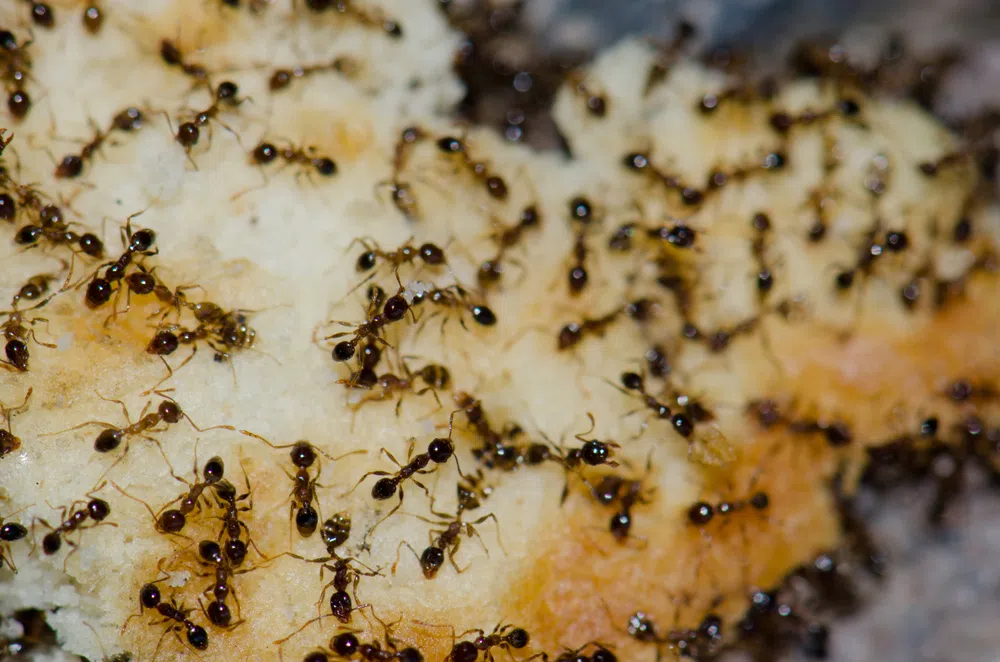This Three-Continent Ant Mega-Colony WILL Conquer Earth Soon
Featured in Ripley's Believe It or Not!

Generally speaking, we humans like to think that we’re the dominant species on Earth. We’re untouchable, right? Other animals exhibit great intelligence, granted, but have they developed a McDonald’s delivery service or paw-and-claw resistant smartphones of their own? They have not. There’s nothing to worry about.
Or so you might think…




